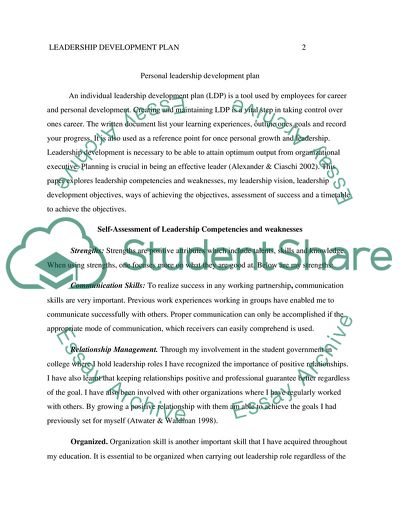Cite this document
(Leadership Development Plan Essay Example | Topics and Well Written Essays - 1750 words, n.d.)
Leadership Development Plan Essay Example | Topics and Well Written Essays - 1750 words. https://studentshare.org/business/1832418-leadership-development-plan
Leadership Development Plan Essay Example | Topics and Well Written Essays - 1750 words. https://studentshare.org/business/1832418-leadership-development-plan
(Leadership Development Plan Essay Example | Topics and Well Written Essays - 1750 Words)
Leadership Development Plan Essay Example | Topics and Well Written Essays - 1750 Words. https://studentshare.org/business/1832418-leadership-development-plan.
Leadership Development Plan Essay Example | Topics and Well Written Essays - 1750 Words. https://studentshare.org/business/1832418-leadership-development-plan.
“Leadership Development Plan Essay Example | Topics and Well Written Essays - 1750 Words”. https://studentshare.org/business/1832418-leadership-development-plan.


